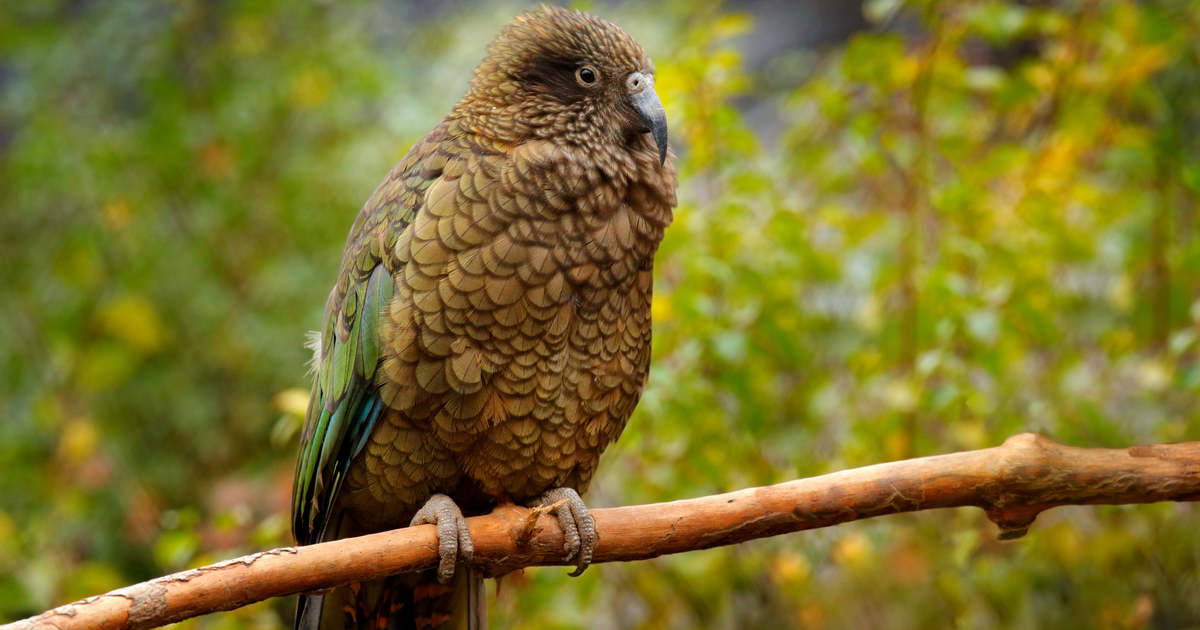According to a new study, New Zealand’s famous parrot species, the kea, can make a great living anywhere in the entire island nation and presumably people have moved into the mountains.
The kea is the only type of alpine parrot in the world and is considered one of the smartest birds. Researchers are well adapted to endangered species, and this trait could help survive climate change as well.
Researchers say Kea was once widespread throughout New Zealand. This was also confirmed by the analysis of fossil remains and DNA sequencing. However, it is currently known as the high mountain parrot. Scientists believe it could also be a lifeline for an endangered bird, as it would be better able to survive the loss of its habitat as well as increased competition, the research told The Guardian.
Animals adapted to the alpine environment, including kea, may become especially vulnerable to climate change, as as the planet warms, more competitive lowland species will invade the highland environment.
According to a European study, for example, up to 22 percent of the species studied on glaciers in the Italian Alps will disappear as the glaciers melt.
Researchers at the University of Otago, comparing the genomes of kea and similar forest parrots, found that there was no particular change in kea due to life in the Alps.
in their conclusion
The Kia could live anywhere and move into the high mountains because, for example, it wanted to avoid the deeper man-made countryside.
Michael Knapp, one of the lead authors of a study published in the scientific journal Molecular Ecology, confirmed that kea can live anywhere from sea level to high mountains. However, it has been considered that the idea that kea moved to the mountains specifically to avoid humans remains speculative and that there is insufficient information to establish a causal relationship between the expansion of human settlements and the migration of birds to mountainous regions.
However, since Kea were physically able to survive in different habitats, it is worth rethinking what distinguishes high mountain habitats from lower open habitats in New Zealand. It is suggested below, where agricultural production takes place, that the human impact is more distinct.
Kea has come into conflict with human societies in New Zealand many times.
The Guardian reports that the particularly clever, sinister and inquisitive race has also become infamous for preferring to attack the rubber wipers of mountain-goers’ cars. But they also wrote about them because they took things from the bags of tourists. The farmers were indignant at the sheep being attacked.
Until the 1970s, the process of eliminating them was supported by the government, during which about one hundred thousand monkeys were killed. According to the New Zealand Conservation Authority, the kea is now protected nationwide, with only 3,000 to 7,000 specimens left.
The plumage of the bird, the length of which is more than 40 cm, is brown, olive-green and orange, and the beak is grayish-brown curved. They are carnivorous and feed mainly on roots, leaves, berries and insects.
Cover Photo: Kia a parrot












































